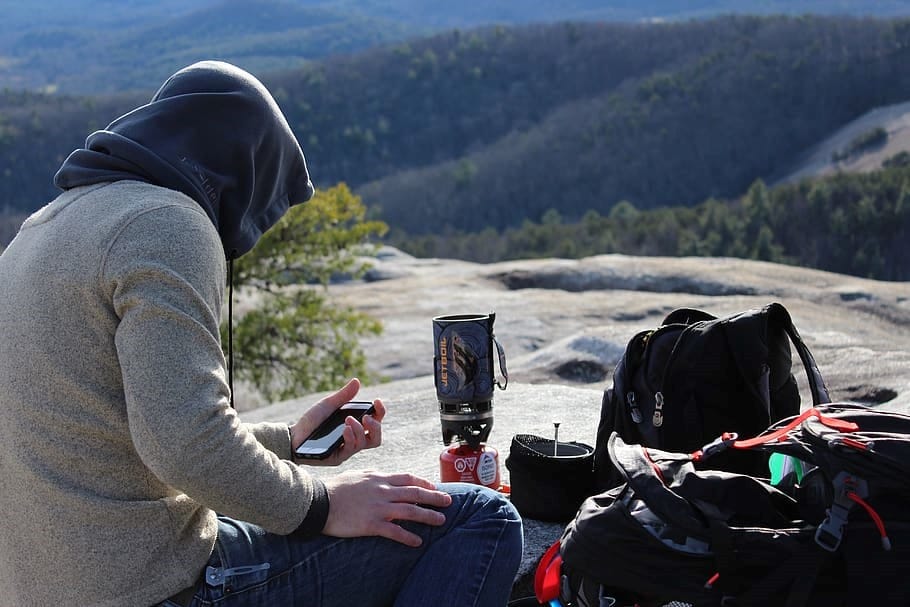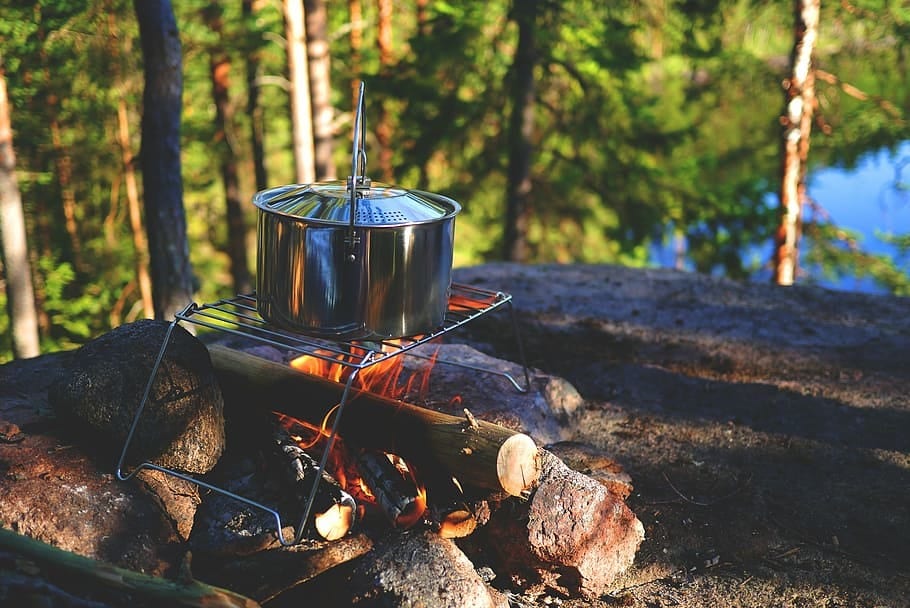Before you travel to an unknown forest and set up camp, you need to pack up first with the essentials that will help you survive. When it comes to "roughing it up" or "living rough," it doesn't mean that you need to suffer. Here are some tools and gadgets that you need for your trip without breaking your back.
Note that some of the things on the list may not be what you need. You can build your items instead of buying pre-assembled kits so that you'll know what to use during emergencies.
Essentials to Cover Contingencies in the Wild
1. Complete Kit
When you are in the wilderness, expect that there will be some unplanned things that will happen. You need to navigate your way with the help of a compass and a GPS device.
When it gets dark, a glow stick or a flashlight can help you make your way back to the campsite. You can read about the best flashlights on sites such as Survival Methods. Get in-depth information about the most durable and portable lights while you are out in the wild. Flare guns are also useful when you want to alert rescuers that you are in danger.
For setting up a shelter, you need duct tape, tarp, and cable ties. You also need to have folding shovels and gloves. Inside the kit, pack lighters, matches, and other fire starters that are waterproof. Get a small tin can and fill it up with nails, safety pins, thread, needles, razor blades, fish hooks, cash, and a small magnet.
2. When Packing Up

You need to get a backpack that is big enough to carry your essentials but also makes you comfortable. The proper distribution of weight is essential so that you won't break your back during a hike. You don't want to experience unnecessary strain on your spine while hiking up on the mountains.
It is crucial to place heavier items such as food and water in the middle part of the backpack, which is closest to the body. Tarps, clothes, and rain gear should cushion the heavier ones so that they will be less likely to shift while you are walking. You can learn more about how to prepare for your trip on this link here.
Place sleeping bags at the very bottom and tie them securely. Some of the smaller items that you will need more frequently, such as maps, compass, sunscreen, pocketknives, flashlight, sunglasses, medical supplies, and towels should be stored on the outer pockets.
3. Choosing your Clothes
You need to layer your clothes, especially if you are hiking on taller peaks. Research about the temperature of the place where you are planning to hike. The information about the geographical location and the weather on a specific month can be found on the internet.
You need to stay warmer and avoid packing too many clothes. A shirt, trekking pants, socks, underwear, long-johns, jackets, windbreakers, and blankets should be more than enough to handle any conditions on your camping trip. A good pair of hiking or waterproof boots should prevent you from getting wet feet. To complete your wardrobe, you also need a hat, gloves, and scarf.
4. Bring Multi-Tools
A camper's best friend is a multi-tool knife. There are wire cutters, needle-nose pliers, scissors, screwdrivers, and other tools that are often combined in a handy and safe frame. There are plenty of options in the market, but simple is always better. All you need is a multi-tool that contains bottle openers, carbide knife sharpener, pliers with wire cutters, and lanyard loops.
Blades should be stainless steel and consist of titanium handles. A sharp and serrated knife will help you cut small branches and do other tasks. If you are planning to build a fire out of wood, a small hatchet tool will make your job easier.
5. Food

No one goes into a camping trip without food. Plan your meals ahead of time and make sure that the food will be more than enough on the number of days that you will be camping out. You need food depending on whether you will be going out with your vehicle or if you are going to commute and explore the forest on foot.
Include dehydrated and dry food so that everything will be lighter. Prepare instant food that you can eat after pouring hot water. Most of the pre-packaged meals for hikers are available at your local grocer's, so be sure to look for them. If possible, pack crackers, sausages, granola, oil, beef jerky, and seasonings if you plan on staying out for several days. Read more about camping food here: https://www.foodnetwork.ca/fun-with-food/photos/easy-camping-food-hacks/. If you have a vehicle, pack lightly since it's always easy to go to the nearest convenience store when you are driving.
For pre-packaged meals, carry the ones that are convenient and lightweight. You can pack oats, dry milk, sugar, and dried fruits for breakfast. Place all of them inside a freezer bag. For lunch, a half cup of frozen vegetables, shredded cheese, bullion, and dried couscous can be great fillers. For differ, a beef and mushroom mixed with rice should be a great campfire meal.
Conclusion
By choosing easy to carry items, an array of meals, and even weight distribution with your backpack, you can experience great camping while outside. You need to pack all the essentials that will help you adapt to your lifestyle. Once you have packed your bags, you are now ready to dive into an exciting adventure where you enjoy nature's peaks, clouds, and exotic plants on your way.
